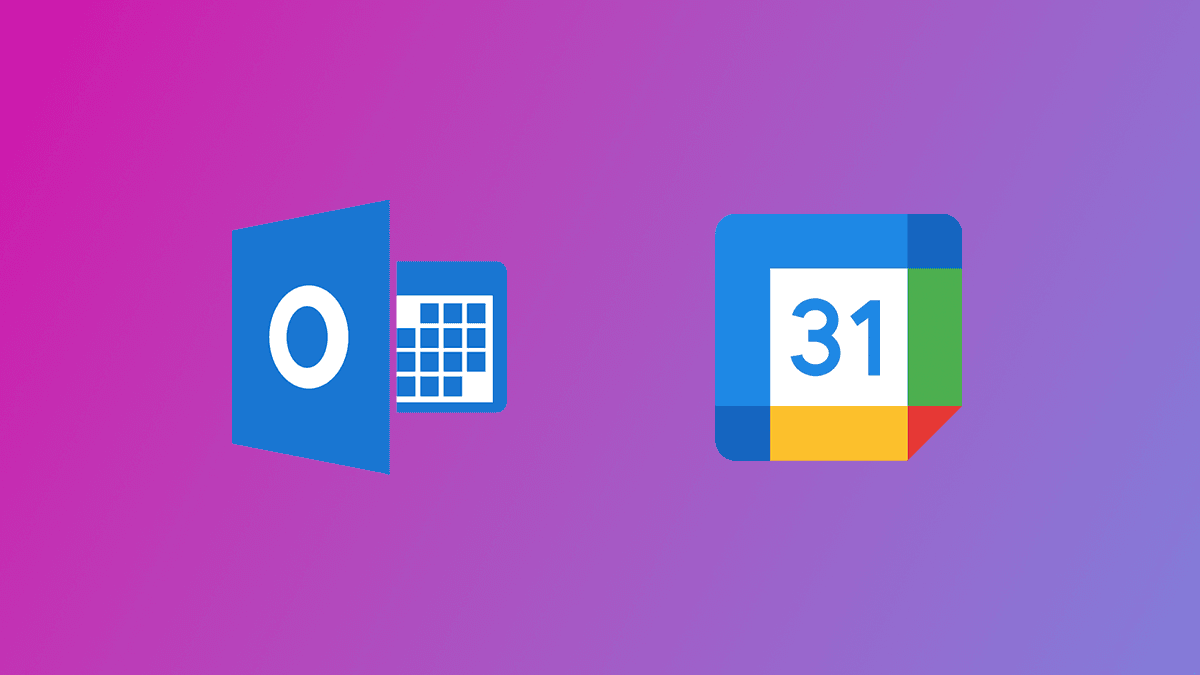January 1, 2024
The Scheduling API Buyer’s Guide: Everything You Need To Know
Explore the comprehensive guide to integrating a scheduling API with OnSched. Learn the key factors to consider, from scalability and customization to integration and cost-effectiveness. Discover why OnSched’s API is the ideal solution for modern enterprises, offering a fully white-labeled, flexible, and scalable scheduling system. Whether you’re deciding between building or buying a scheduling solution, this guide walks you through the process, from testing the API to successful implementation. Start your integration journey today and enhance your product with powerful scheduling capabilities using OnSched.
Strategies
2 Minutes
In this guide, we will review the OnSched solution and discuss important factors to consider when integrating scheduling. We will also discuss why building a scheduling system in-house typically costs more than purchasing a solution and how to integrate against the OnSched API, successfully.
🔌 What is the OnSched API?
OnSched is an online appointment scheduling solution for modern enterprises available through an API (Application Programming Interface). It features an extremely flexible, scalable data model and white-label design.
⚙️ How does the scheduling API work?
The OnSched API is language-agnostic and can be integrated with your existing systems to allow your users to check availability, book, reschedule and cancel appointments. Every time these actions are performed, your application will send a request (an API call) to OnSched to retrieve or update relevant data blocks. OnSched relies on its own calendar system, but it integrates directly with Google and Outlook calendars to synchronize resources’ real-time availability. Check out all of the OnSched API features on this page.
🤔 Why should you offer scheduling as a feature at all?
There are a number of reasons why you might want to integrate scheduling into your product. Let’s quickly run through six reasons to action that:
Improve user experience. Allow customers to book online instead of calling only during business hours, emailing back and forth, or waiting in line. Make their life easier - everyone wins. You can book an intro call with our team here.
Improve customer retention by offering an all-in-one solution. Having a universal tool is always better than switching between tabs and apps. OnSched is white-labeled and offers single sign-on (SSO), so your users will never know what’s hiding behind the booking interface.
Capture revenue by offering scheduling features as a paid add-on. It’s easy to upsell users on a feature they are already paying money for to a different provider. Give your users what they need, all in one place.
Optimize routine processes for your customers. This is especially relevant for businesses with sizeable offline operations - let customers book cleaning services or math tutors every Sunday for the next few months.
Modernize your day-to-day operations. Let employees focus on their job while OnSched automatically calculates the commute time between work on different job sites or remind a customer of an upcoming appointment.
Stay ahead of the competition. The vendor which covers more needs or has an outstanding feature set will always have an advantage, especially if the customer is planning on scaling in the future.
🛠 Should you build a scheduling system or should you buy one?
Build vs. Buy is an extensive debate, but with scheduling, even building a basic feature-set will require setting up multiple fundamental systems correctly, and just a working proof of concept might take months in development resources and compromise the roadmap.
BUILD
At the outset, it is important to note that when we discuss “building” a solution, we mean this to encompass the design, development, testing, training, and implementation of the software. This is undoubtedly a massive undertaking, and so the first question one should consider is:
Is my project big enough to commit to building your own scheduling service?
Services like Amazon Web Services, Microsoft Azure, and DigitalOcean exist because economies of scale allow them to. To analogize, it would be virtually impossible to build a more cost-effective hosting solution for your business. Considering the possibility of failure of the project, the opportunity cost just may not be worth it.
We would argue that the same logic applies in developing a complex web service, such as scheduling: given the complexity involved in the solution and the high likelihood of encountering failure, it is not advisable to build out a scheduling solution from the ground up.
BUY
Using a third-party solution massively increases the safety of the investment. Instead of a lengthy development process, you can build an MVP and test new features with customers to get real market feedback and gather analytics in order to make adjustments.
OnSched’s API was designed to fit the needs of modern enterprises with varied booking use-case requirements. Building a proof-of-concept for a basic use-case takes less than one day including account configuration, and a fully working integration with our scheduling API is usually completed in 30 days or less. Your dedicated Technical Account Manager is always here to talk to your development team and help with API implementation. The API integration ties well with the modern architectural approaches to building applications like microservices - which won’t require a full new version of your app when API gets an update.
⚠️ Important factors to consider when evaluating a scheduling API?
Scalability
Is the API service able to handle the load during peak hours? Are you able to maintain an efficient appointment schedule as your business grows and your appointment volume increases?
Whether you handle a few appointments a day, tens of thousands per minute, or manage hundreds of millions per year, OnSched will support your solution and scale to match your requirements, when needed.
Customization
Will my customers or end-users know that we are using a third-party service?
OnSched is a fully white-label solution and does not compete for your users’ attention. No branding anywhere policy. If you decide to build the user interface in-house or use OnSched.js (a prebuilt library of UI elements), every detail is in your control, including text messages and email appointment reminders.
Integration with other services
Will we be able to connect scheduling to other services?
Users don’t have to worry about checking their calendar every hour - OnSched integrates directly with Google and Outlook calendars and enables two-way synchronization (authorization is handled through your app). Create an event in your calendar & that timeslot will become unavailable for new bookings.
Cost
Can we afford a customizable solution?
If you are reading this, you probably have your own KPIs to manage. OnSched makes cost management simple for you. Every pricing plan includes unlimited business locations and an unlimited number of resources (user accounts). The only number you need to consider is the number of appointments your users make per month.
Support
Is the support responsive? Are the issues fixed timely?
OnSched offers basic support through a ticketing system, dedicated technical account manager, and if speed is crucial: our professional onboarding team with regular one-on-one developer calls, a Slack #channel, and upgraded SLA if required. Book an intro call here to discuss support options.
🧑💻 How to test a scheduling API?
Define the use case
Identify a use case and features you would require for the integration to be useful for your users. Think of how you could add value, check out competitors, keep a list of items that will be important in the later stages of development.Interview internal stakeholders
Find out what is important for your users from surveys, interviews, feature requests, sales and marketing teams’ insight to get a macro view of your product.Secure a support contact
After your first call with our account execute you will be assigned a technical account manager (TAM) who will help you discover the scheduling API features and help you lead the integration to success. Don’t hesitate to reach out to support or your TAM with any questions.Get started with the API
You will be granted access to the sandbox server where you can configure your profile and play around with any of the OnSched API features. OnSched API Docs will be the right place to get started.Launch the test
Present the early prototype to the internal stakeholders and a limited pool of your best user, gather early feedback and optimize. Look back at the use case you have defined and ask yourself if you’ve proved it is possible to build a product you wanted with the OnSched API.
✅ How to Successfully Implement a Scheduling API?
Define the MVP
Identify the core features required to make this feature useful for your users. Think of every task user will be completing, document, plan, and integrate it. Consider insights from testing.Build and test
When the build is completed and deployed - quality assurance is essential. Don’t wait for customers to complain - test your project thoughtfully in all browsers, on different devices, and various screen resolutions.Release the MVP
Make it public - tell your users about the new feature. Cooperate with the marketing team on email, social media updates, and in-app notifications. It’s a great practice to have a quick pop-up onboarding tutorial.Analyze
What are users saying about new features? Continue to improve on users’ feedback and usage data you have collected. Monitor feature adoption and make changes if needed.
⚡️ How to get access to the OnSched API?
We love to guide our customers through the platform the first time they sign up, so in order to get access to the OnSched API, book an intro call with our specialist. We promise it’s pressure-free 😉
Thoughtfully test the API for all of your user flows.
Request production server API keys when ready to go live.
If you have any questions about the OnSched API, we encourage you to book an intro call even if it’s not on your immediate roadmap - let's plan for the future! 🤩








